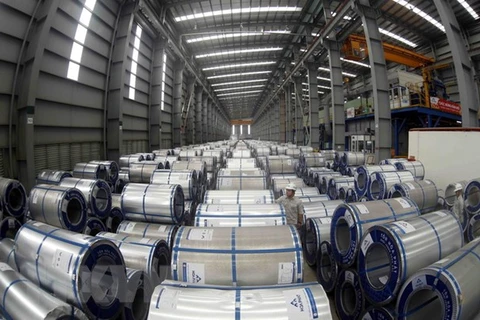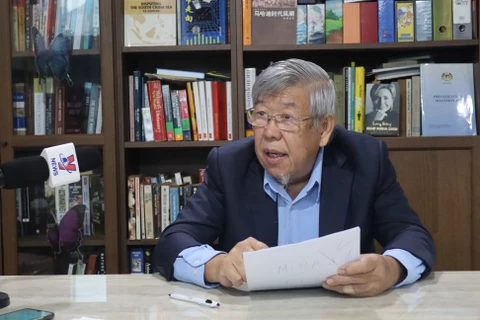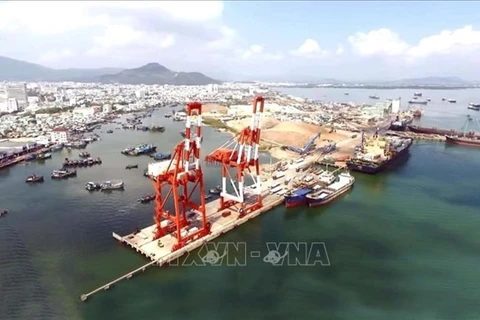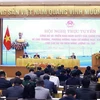Hanoi (VNA) – The Embassy of Vietnam in Canada in coordination with the Canada-Vietnam Trade Council on December 3 held a webinar on “Vietnam – Canada Trade in CPTPP: Ways Forward and Recommendations for the Post-COVID Era”, bringing together about 70 delegates from both sides.
Speaking at the event, Vietnamese Ambassador to Canada Pham Cao Phong emphasized that Vietnam proactively joining the CPTPP demonstrates the Vietnamese government’s commitment to accelerating institutional reforms in the context of international integration. The country’s membership of free trade agreements, such as CPTPP, would enhance its manufacturing capacity as well as cross-border trade, he said.
Phong noted that Vietnamese and Canadian goods are not competitive but supplementary to each other. Vietnam mainly exports to Canada mobile phones, textile and garment, footwear, seafood and wood while its imports from Canada include wheat, soybeans, minerals, chemicals, and machinery, he added.
Speakers focused their discussions on how to effectively explore the CPTPP’s considerable potentials given that global supply chains are being restructured because of COVID-19, how enterprises from both sides can strengthen mutual understanding, and what should be done to encourage Canadian firms to invest in Vietnam.
Cindie-Ève Bourassa, Director of Diversity, FTA Promotion, Trade Missions and Outreach at the Global Affairs Canada, said the global trade system and trade deals like CPTPP have proved its importance at a time when COVID-19 has caused severe disruptions to the global supply chains.
The new-generation trade pact brings big opportunities for Vietnam to gain broader access to foreign markets as the 11-nation accord covers nearly 500 million people, about 13.3 percent of the global gross domestic product (GDP) and 15 percent of the global trade revenue. It not only boosts trade but also eliminates non-tariff barriers and facilitates foreign investment, according to Bourassa.
Canadian investors are very competitive in a number of areas of Vietnam’s interest, such as oil and gas, infrastructure development and renewable energy, she said. She added that education is also a promising area for the two nations, as Vietnamese spend around 3 billion USD annually for overseas education and more and more Vietnamese students are interested in pursuing study in Canada.
Vietnam and Canada have seen steady growth in bilateral trade over recent years, particularly after the CPTPP took effect in late 2018. Last year, the two-way trade rose by 23.4 percent to 6.1 billion USD. Vietnam is forecast to remain Canada’s largest trade partner in ASEAN with bilateral trade growing 10 percent this year./.
VNA
























